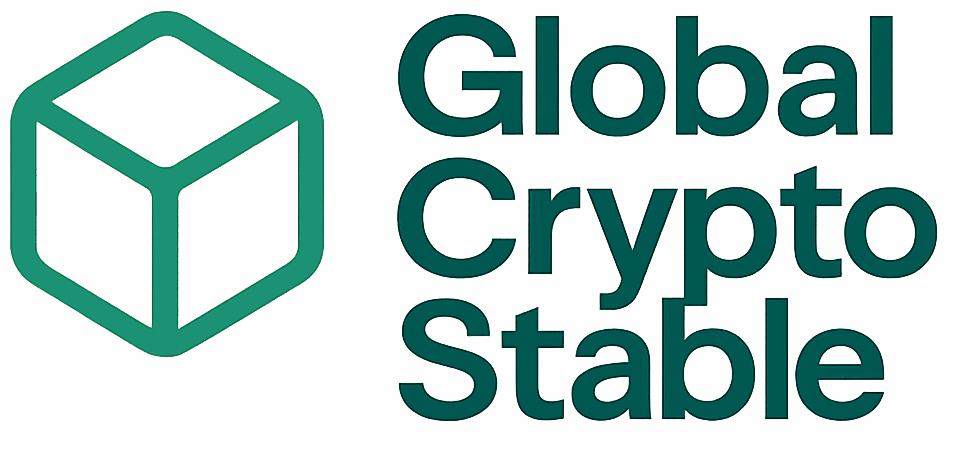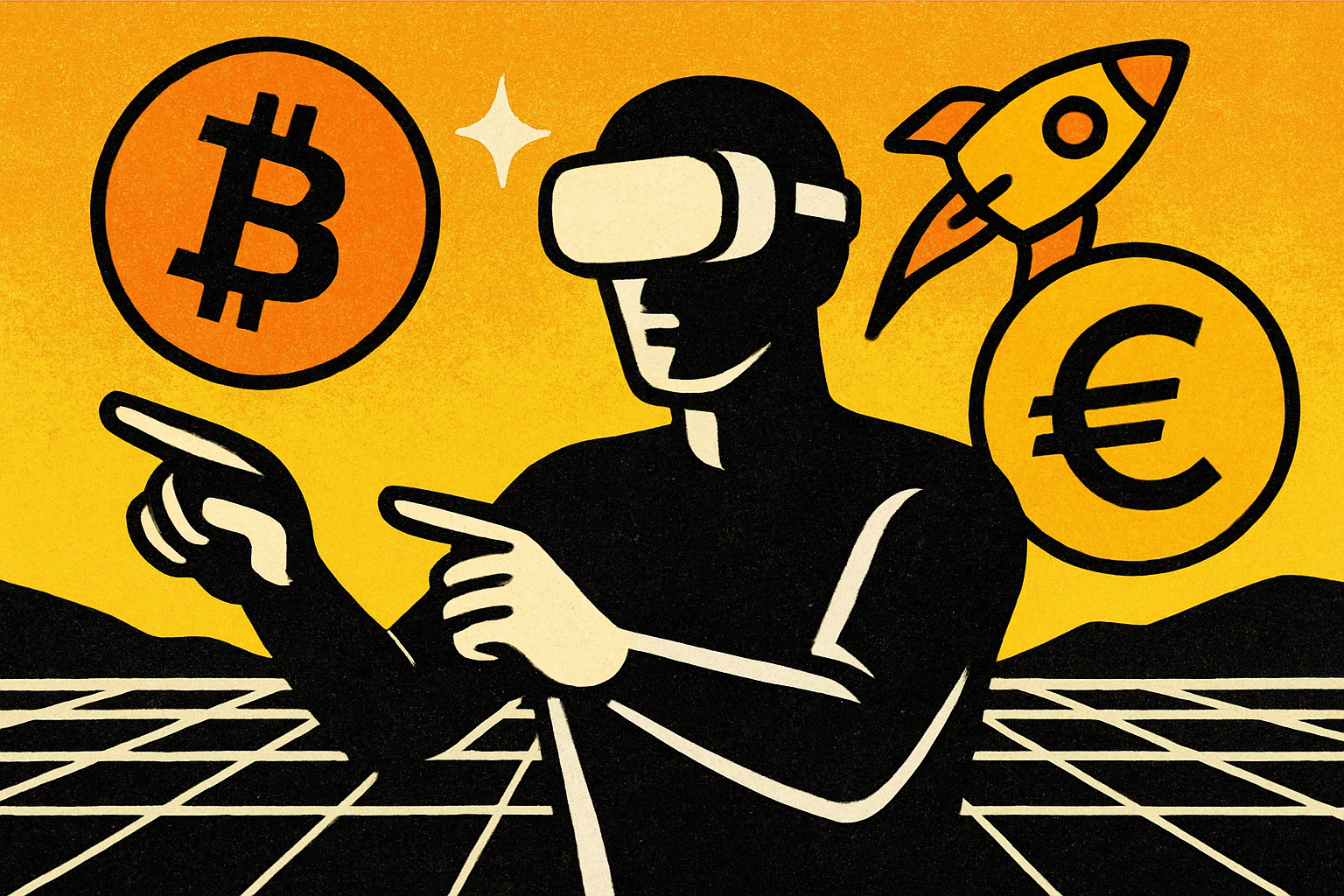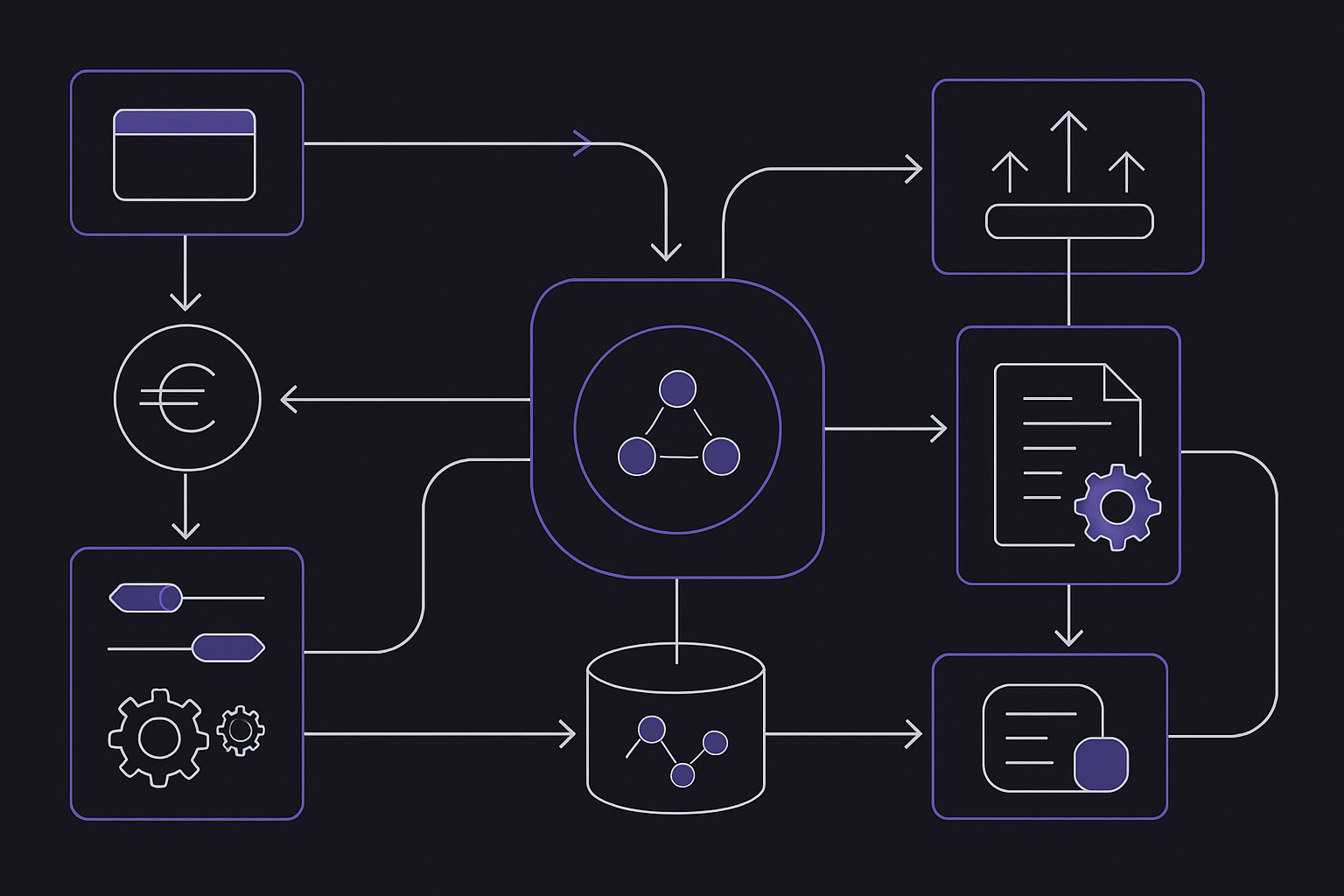Nine Major European Banks Join Forces for a 2026 Euro Stablecoin Launch

The European stablecoin race has just shifted into high gear. In a bold, coordinated move, nine of the continent’s most influential banks have united to launch a euro-denominated stablecoin, aiming for release in the second half of 2026. This isn’t just another digital currency experiment, this is a meticulously planned bid to redefine Europe’s digital payments landscape, challenge USD-based dominance, and stake a claim for true financial sovereignty within the EU.
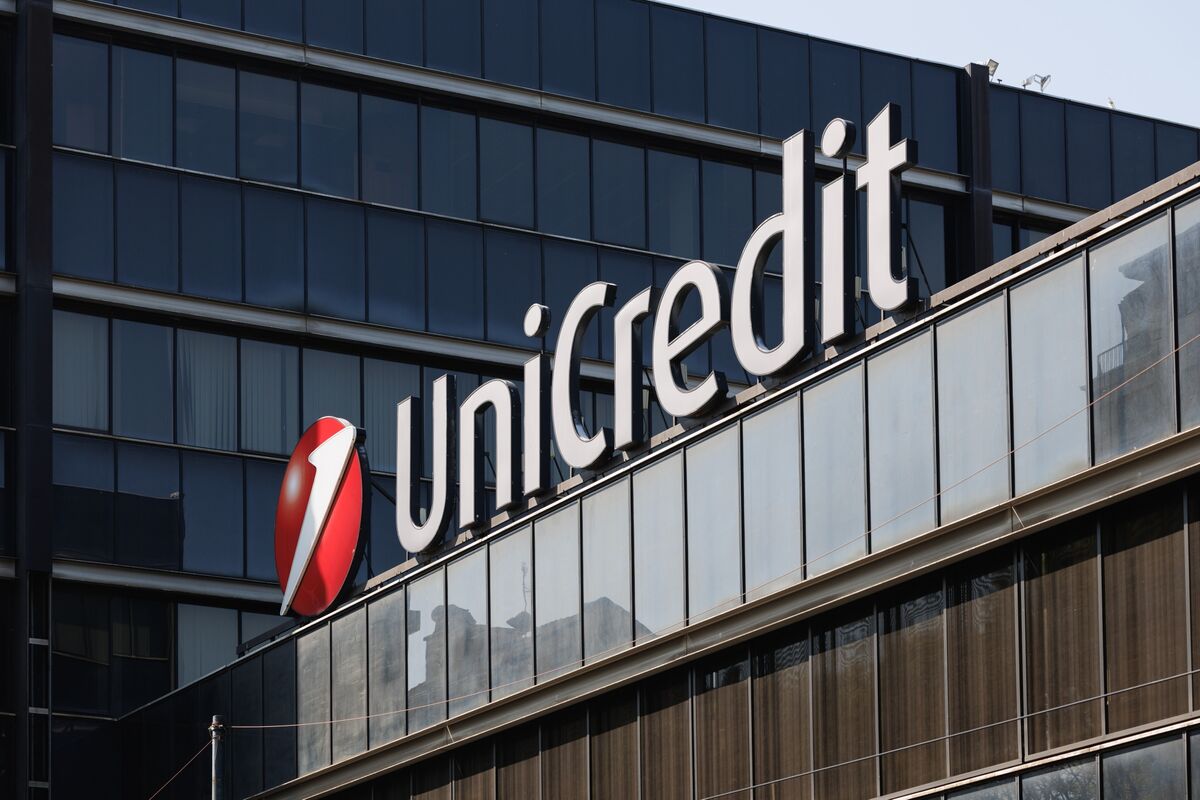
Who’s Leading Europe’s Stablecoin Revolution?
The consortium reads like a who’s who of European banking powerhouses: UniCredit (Italy), ING (Netherlands), Banca Sella (Italy), KBC Group (Belgium), Danske Bank (Denmark), DekaBank (Germany), SEB (Sweden), CaixaBank (Spain), and Raiffeisen Bank International (Austria). Together, these institutions are forming a new company headquartered in the Netherlands, seeking licensing as an e-money institution under the watchful eye of the Dutch Central Bank. Their mission? To roll out a fully MiCAR-compliant euro stablecoin that could become the trusted digital payment standard across Europe.
Nine Banks Powering Europe’s 2026 Euro Stablecoin
-
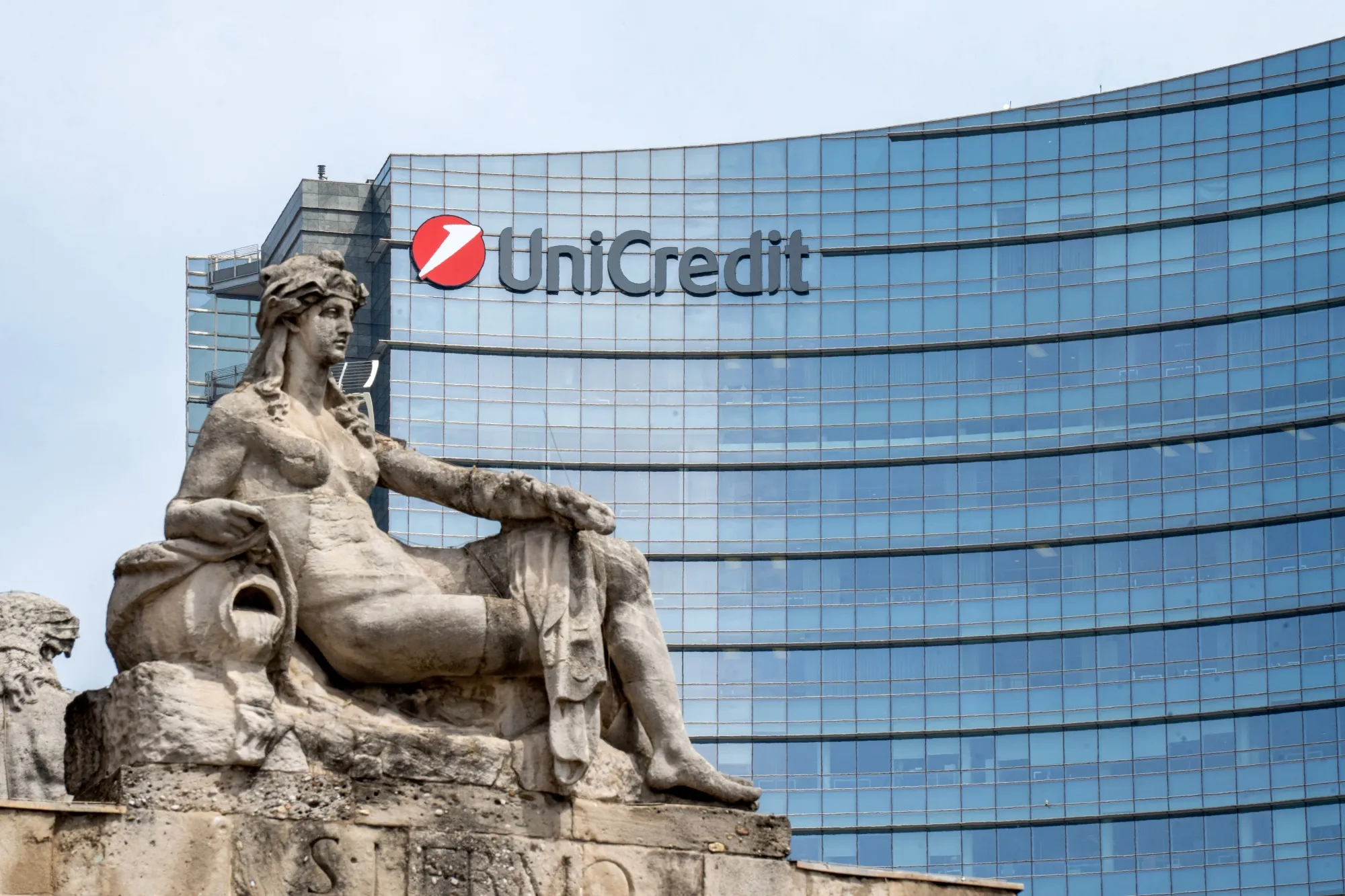
UniCredit (Italy) – One of Europe’s largest banking groups, headquartered in Milan, bringing extensive cross-border expertise to the stablecoin consortium.
-

ING (Netherlands) – A global leader in digital banking, ING is based in Amsterdam and renowned for its innovation in financial technology.
-
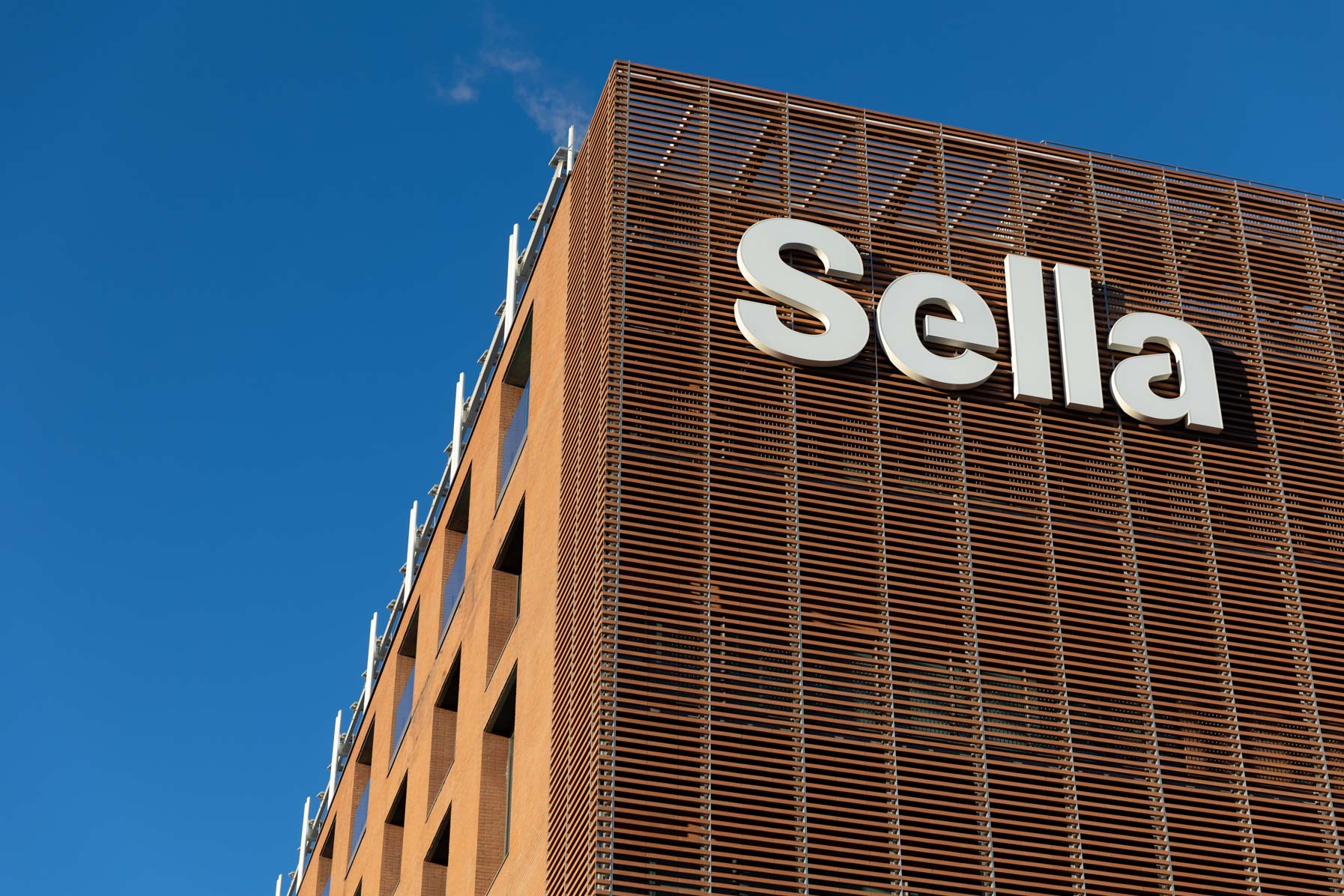
Banca Sella (Italy) – An Italian bank with a strong focus on fintech and digital payments, headquartered in Biella, Italy.
-
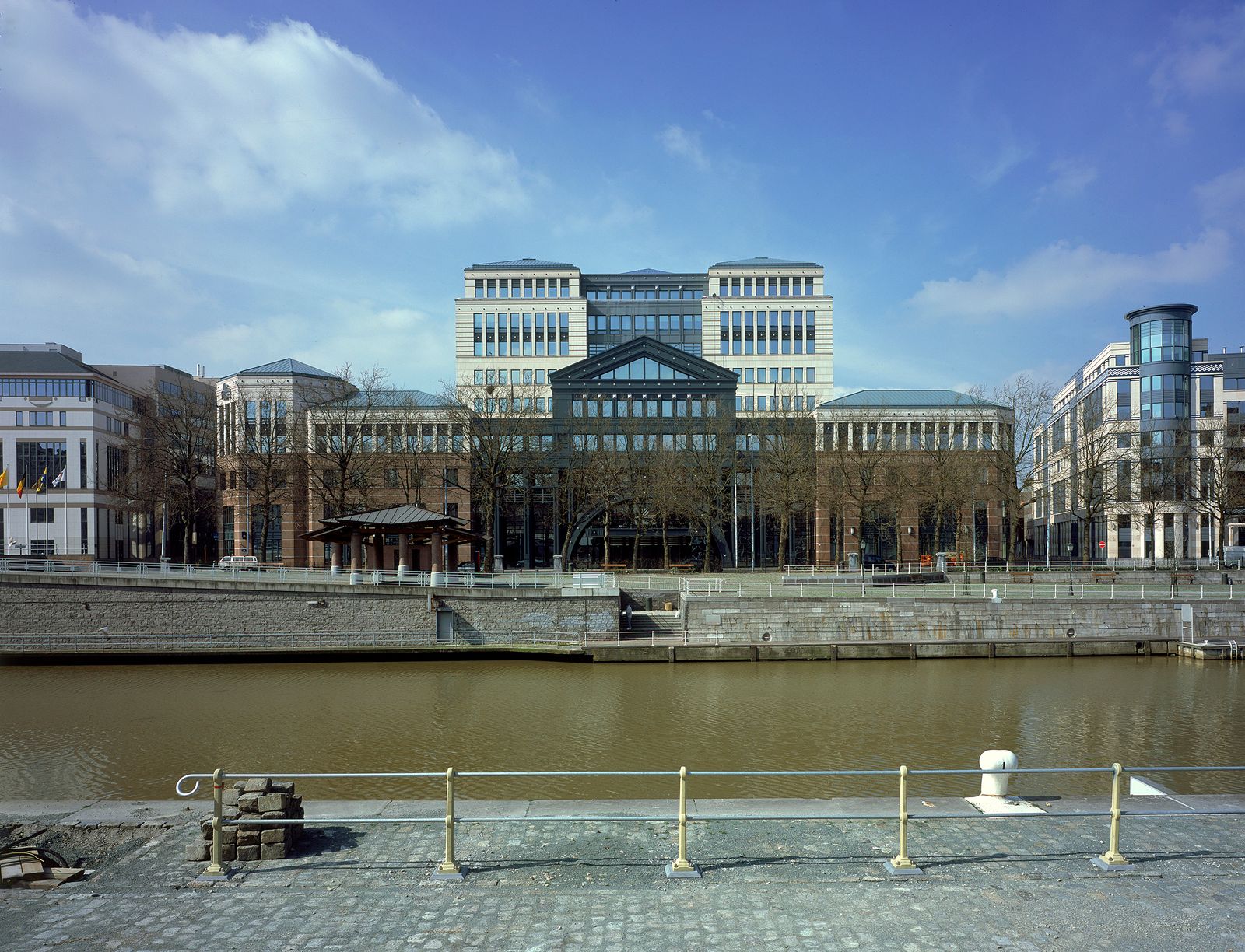
KBC Group (Belgium) – A major Belgian banking and insurance group, KBC is headquartered in Brussels and serves millions across Europe.
-

Danske Bank (Denmark) – Denmark’s largest bank, headquartered in Copenhagen, with a significant presence throughout Northern Europe.
-
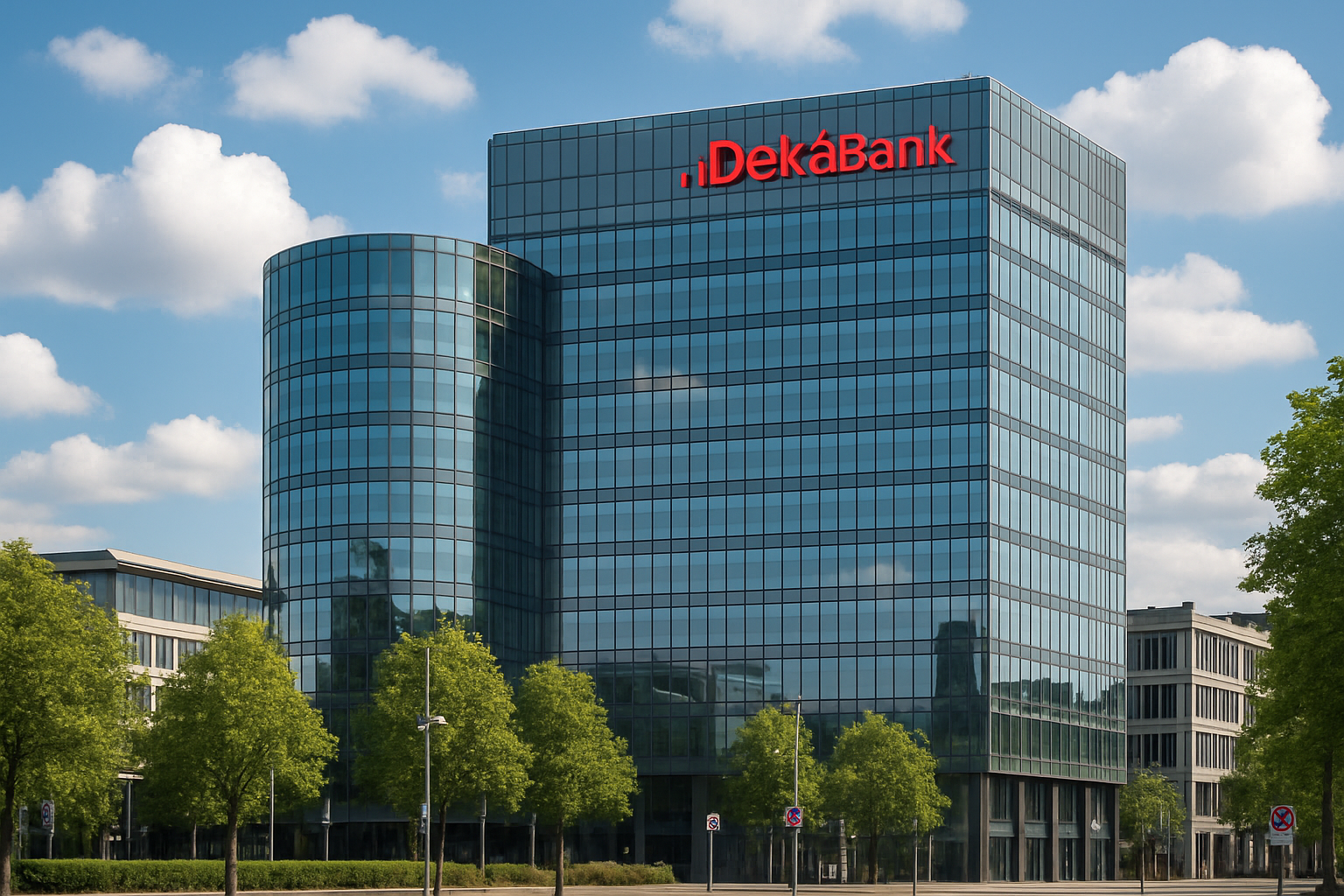
DekaBank (Germany) – A leading German financial institution, DekaBank is the central provider of asset management for the German Savings Banks Finance Group.
-
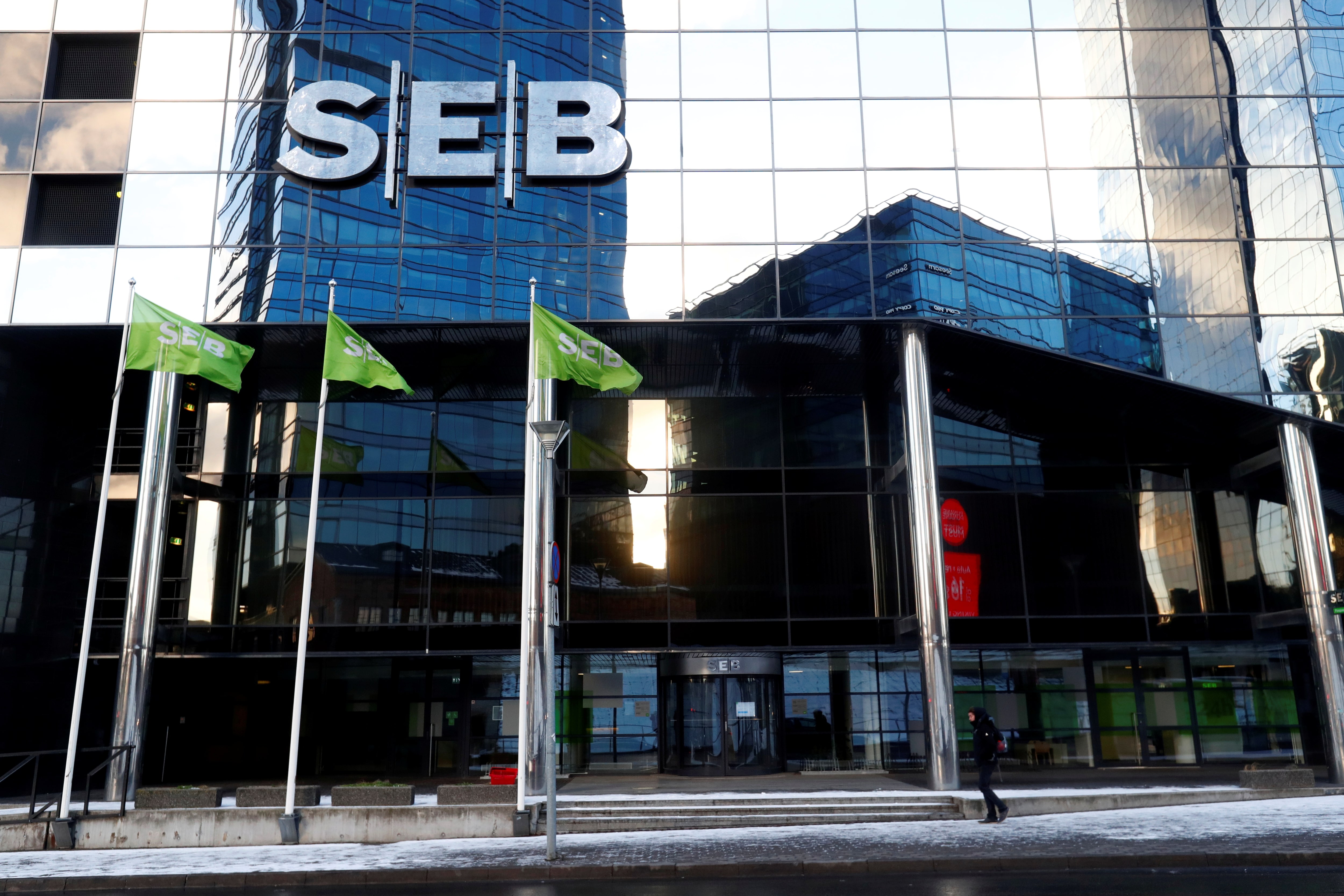
SEB (Sweden) – Skandinaviska Enskilda Banken (SEB) is a top Nordic bank, headquartered in Stockholm, known for its digital banking solutions.
-
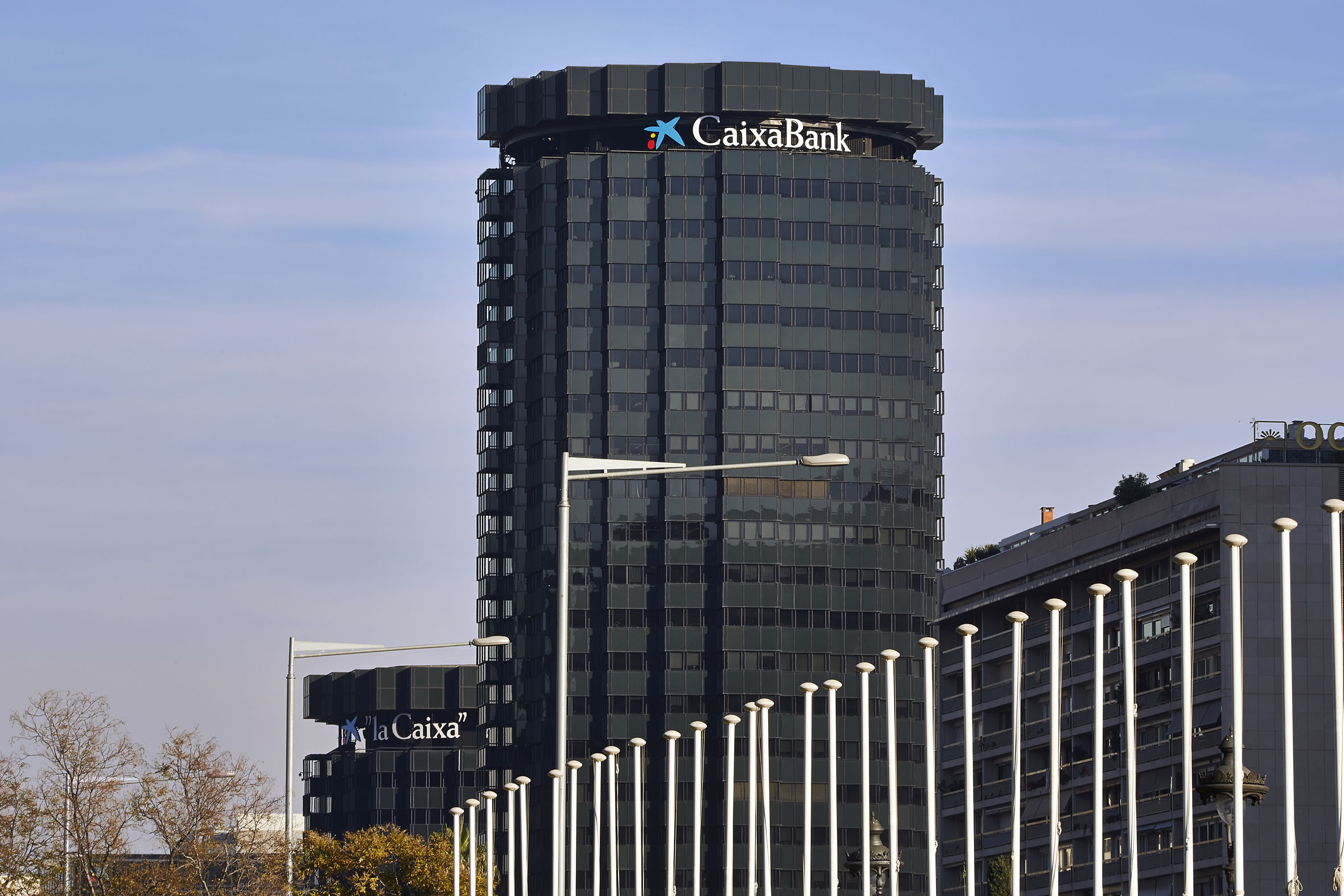
CaixaBank (Spain) – Spain’s leading retail bank, based in Valencia, with a strong commitment to digital transformation and innovation.
-
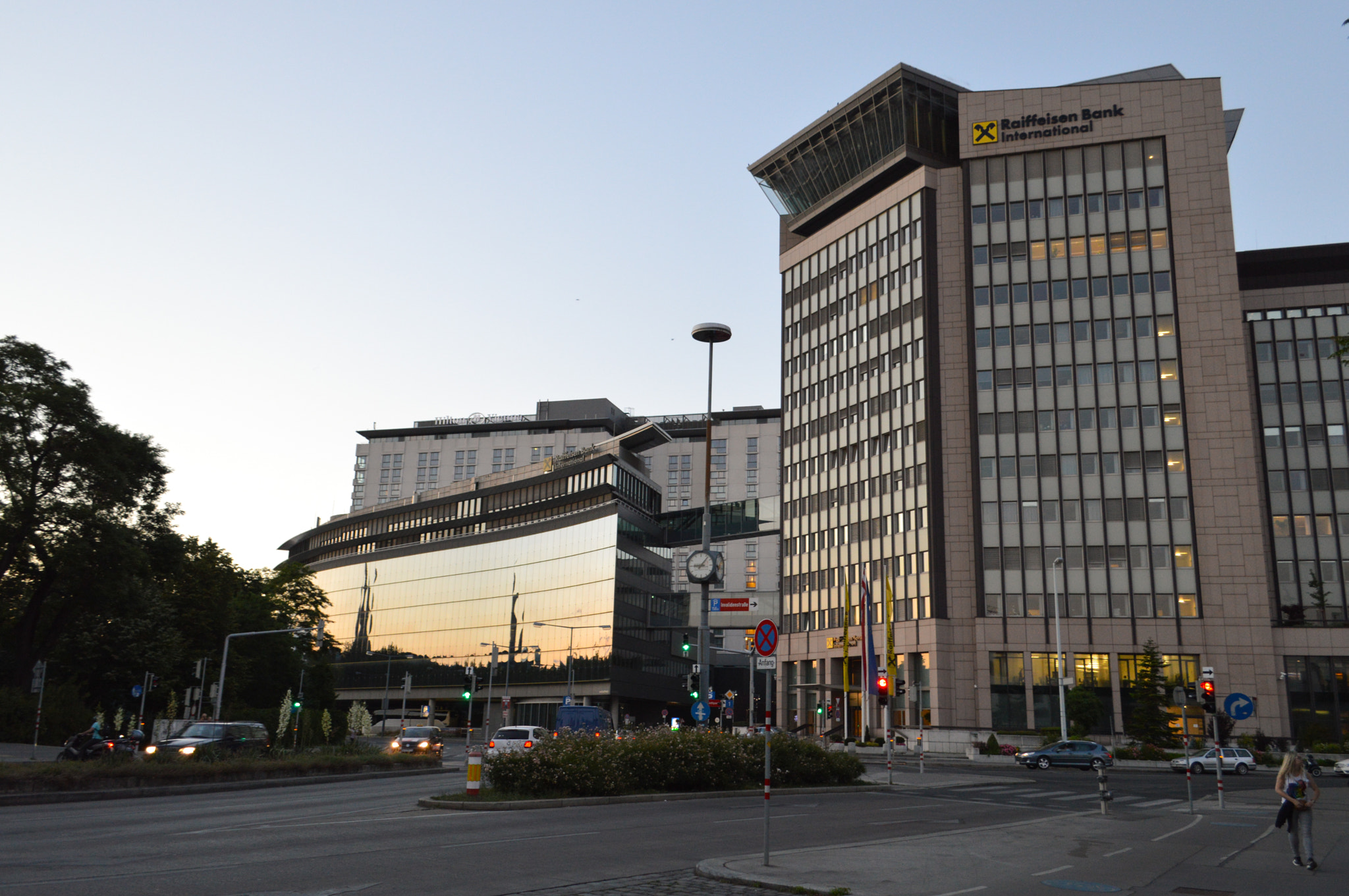
Raiffeisen Bank International (Austria) – Headquartered in Vienna, RBI is a major banking group in Central and Eastern Europe, driving financial innovation in the region.
What sets this initiative apart is its scale and regulatory ambition. The stablecoin will be fully reserved and subject to rigorous oversight, addressing both consumer trust and the European Central Bank’s deep-rooted concerns about privately issued digital currencies potentially undermining monetary policy. The project is open to more banks joining before launch and is actively searching for a CEO to steer this transformative vision through the regulatory gauntlet.
Why Now? Europe’s Push for Digital Sovereignty
For years, eurozone banks watched as USD-backed stablecoins like Tether (USDT) and USDC dominated crypto trading and cross-border settlements, even within Europe’s own borders. The lack of a credible euro alternative exposed businesses and investors to unnecessary FX risks and left Europe’s digital economy at the mercy of U. S. -centric platforms. With MiCAR (Markets in Crypto-Assets Regulation) now providing clear rules of engagement, these nine banks see a unique window to build a compliant, transparent alternative that keeps value, and data, within Europe.
According to UniCredit’s official announcement, the consortium aims to deliver “a robust digital payment solution that supports European growth and innovation. ” The timing is strategic: not only does it ride the wave of MiCAR’s regulatory clarity, but it also responds to the growing trend of major global banks exploring G7-pegged stablecoins, a movement that could reshape how money moves worldwide.
The Competitive Landscape: Not Just Another Stablecoin
Make no mistake: this euro stablecoin isn’t launching into a vacuum. Societe Generale’s SG-FORGE is set to debut “USD CoinVertible” in July 2025, Europe’s first major dollar-backed stablecoin, while BBVA plans its own euro stablecoin rollout in 2026 after securing a MiCA license in Spain. But what makes this nine-bank initiative stand out is its pan-European reach and its explicit focus on compliance and interoperability from day one.
Industry observers see this as more than a defensive play against U. S. stablecoin hegemony. It’s a proactive step to ensure Europe’s digital economy can thrive on its own terms, offering businesses and consumers low-cost, efficient payments without leaving regulatory blind spots or ceding control to non-EU actors.
The momentum is undeniable. As regulatory frameworks mature and blockchain infrastructure becomes ever more integrated with traditional finance, the euro stablecoin is poised to become a linchpin in Europe’s digital future. The coming months will reveal whether this alliance of giants can deliver on its promise, and whether Europe is finally ready to lead in the global stablecoin arena.
